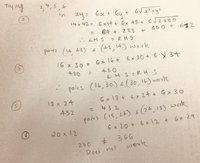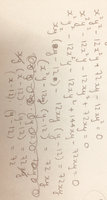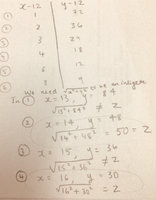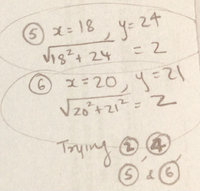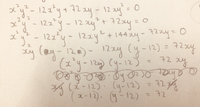Mohammed 23
New member
- Joined
- Nov 5, 2020
- Messages
- 14
This is what I ve tried so far , I think I need to factorize it further , but I ve no idea how to factorize , if at all this is the correct way of starting offView attachment 23210View attachment 23211


